Is This a Mobile Suit?! Test Driving the McLaren 720S and 600LT
公開日:2019.07.09
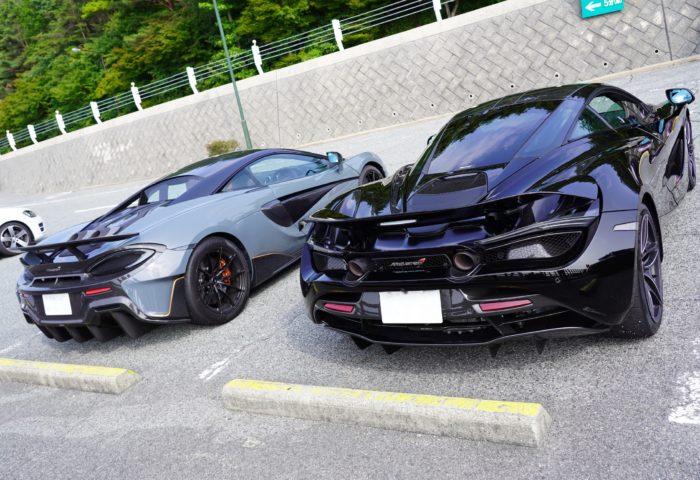
Today’s article is a McLaren test drive report by my husband. Please enjoy it if you like.
The other day, when we went to the Royu Driveway, I had the chance to meet some blog readers in person. Among them, I met an owner who, along with his brother, each owns a McLaren 720S and 600LT respectively, and thanks to their kindness, I was able to test drive both.
This time, I’d like to share that experience with you.
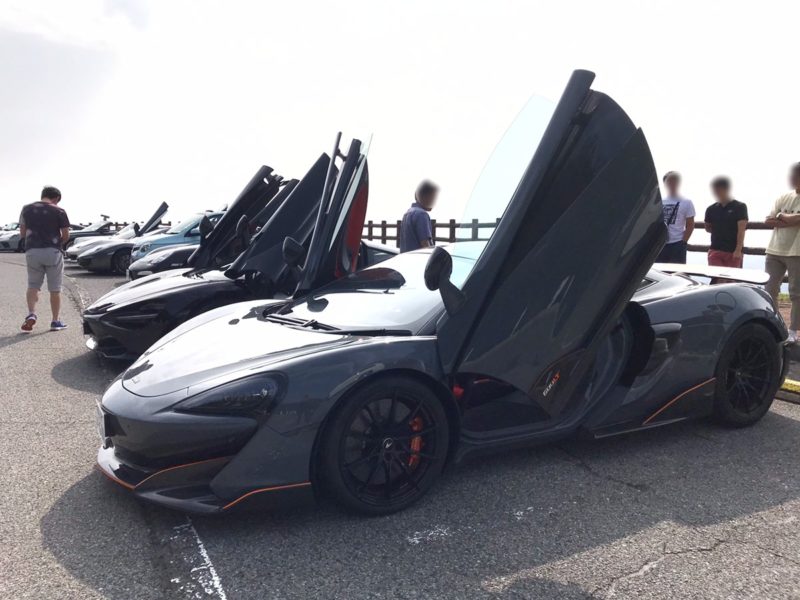
McLaren
I once owned a McLaren 650S for a short period. My personal impressions at the time were:
- Amazingly high driving performance
- Intense acceleration and power
- Overwhelming presence
- Somewhat harsh engine sound
- Shift response was a bit slow
- Suspension was tough for long city drives
- Long tours were tiring
In short, while the car’s driving performance was outstanding, it didn’t quite fit my usage or preferences, so I ended up selling it after about a year without driving it much.
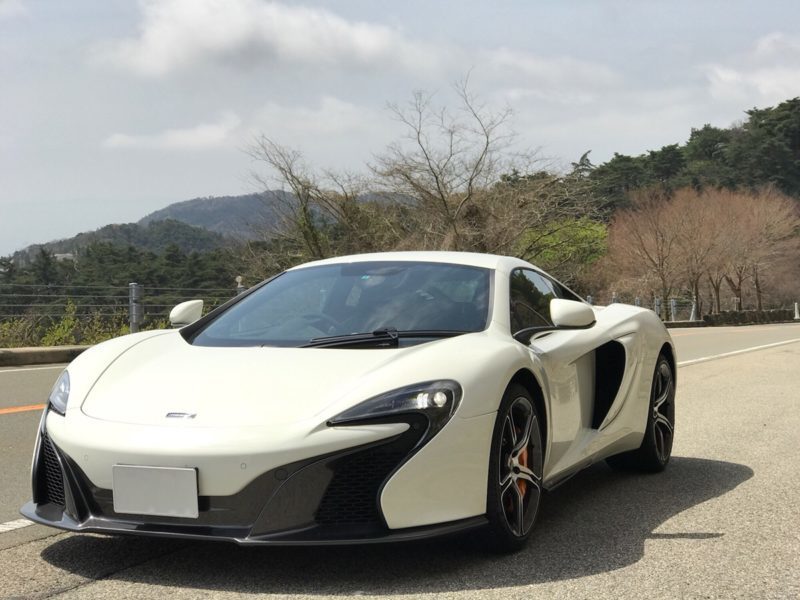
Since then, I also test drove the 570GT at a dealer, but the ride didn’t quite suit me, so I didn’t buy it. When the 720S came out, I was interested but thought, “It’s probably just like the 650S,” so I never got around to test driving it.
McLaren 720S
This time, I was lucky to get behind the wheel of a McLaren again after a long time. When I started the engine, it woke up with a lighter exhaust note than the 650S, a sharp “Vroom!”
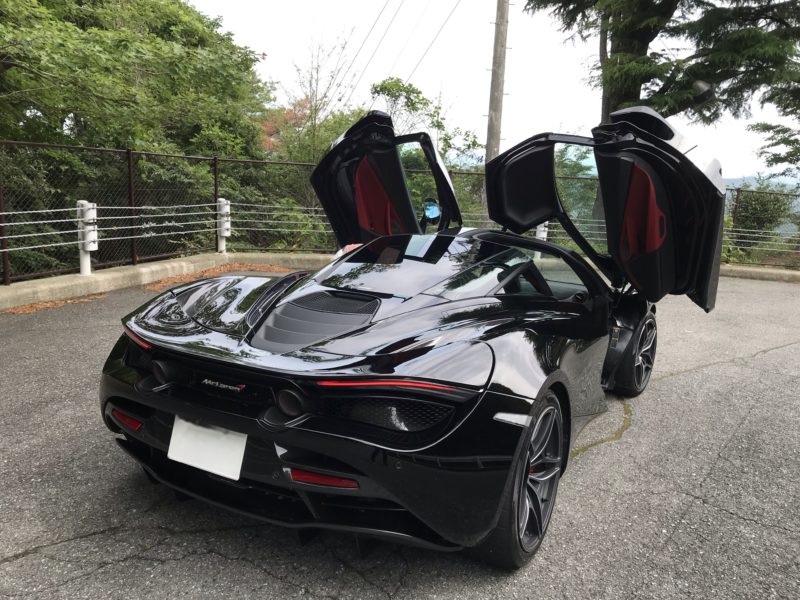
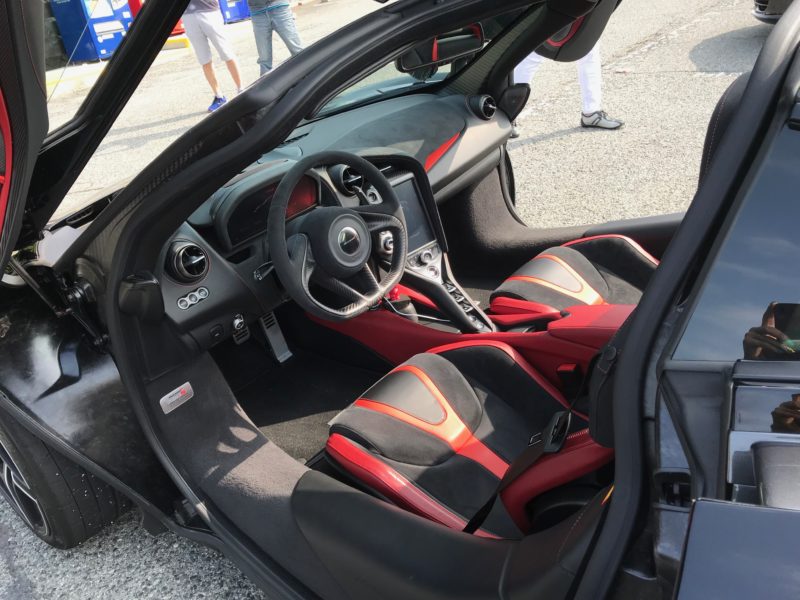
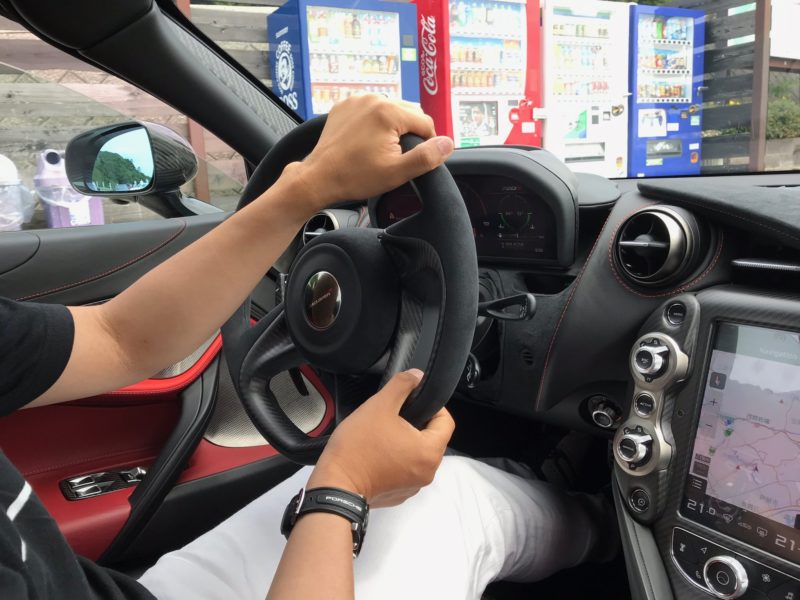
Pressing the D button to start driving, I could immediately feel how well the suspension was working. The 720S features McLaren’s traditional hydraulic interconnected suspension system, now upgraded to the second generation called Proactive Chassis Control II.
I took a slow turn or two. Compared to the GT3, the initial response is quicker, and the car changes direction with just a slight steering input. Yet, the lateral G buildup is smooth and never abrupt.
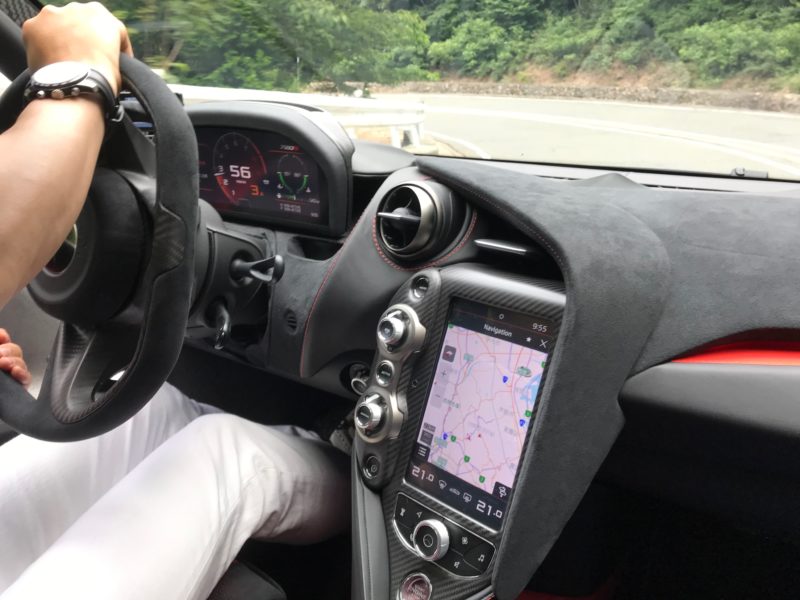
Even when I picked up the pace, the precision was flawless. It cornered as if glued to the road. High-performance cars tend to stick to the road more as speed increases on highways, but the McLaren 720S delivers that same planted feeling even at the lower speeds typical of regular winding roads.
To be frank, when I test drove a GTR before, I thought, “This is a car anyone can drive fast,” but the 720S felt like that concept taken to an even higher level.
What is this? It’s way better than the 650S!!
The paddle shifters respond quickly and shift gears smoothly. When I pressed the accelerator, the exhaust note was a well-rounded, satisfying “Fwoom!” Not too loud, but not too quiet either. It really lets you enjoy the exhaust sound.
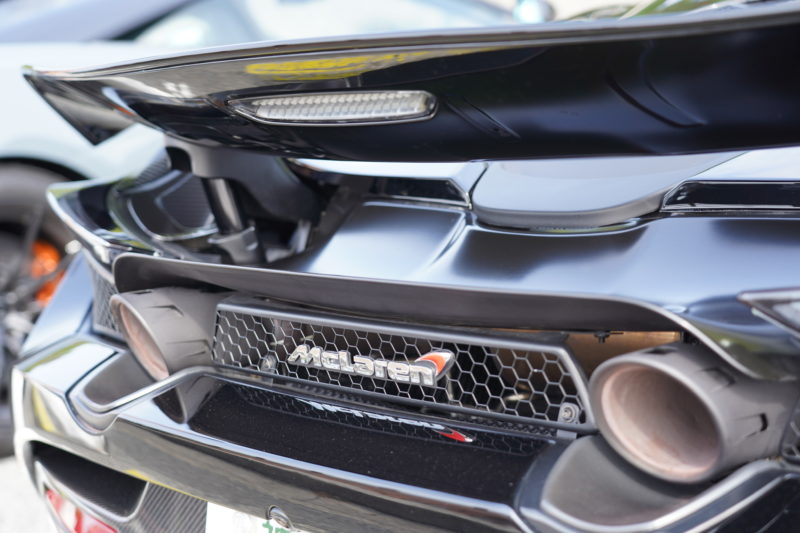
The 650S had a harsher, more metallic “Grrr!” engine sound, as if the tightly built engine was straining for power, which I didn’t find pleasant. But the 720S has a truly enjoyable sound.
Moreover, the torque delivery is milder than the 650S, which suddenly unleashed strong torque mid-range. It rises smoothly with engine speed like a naturally aspirated engine. Of course, it’s insanely fast when you push it, but the engine’s response to subtle throttle inputs is linear and natural, with no disconnect from the driver’s senses.
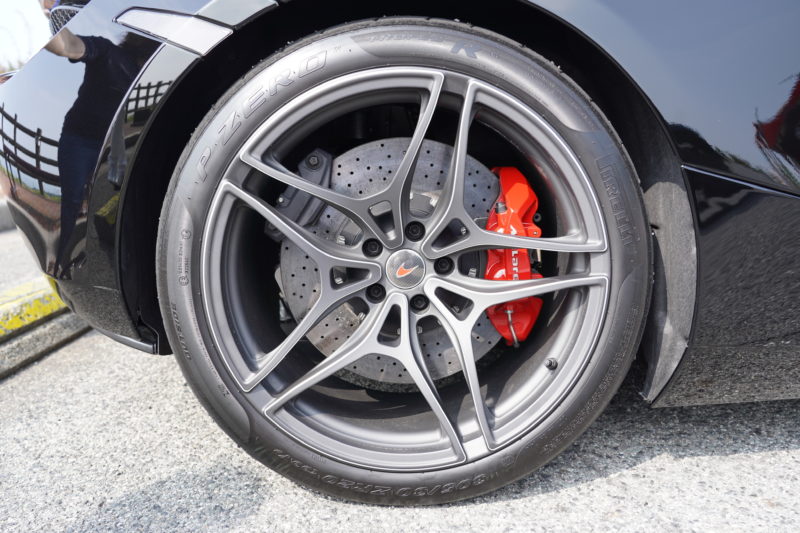
The brakes on the 650S were very stiff and required firm pressure to control, but the 720S is extremely user-friendly, and switching from a Porsche or other cars felt completely natural.
I’m buying this!! Someday, I will!
My wife in the passenger seat later told me I kept saying that out loud unconsciously while driving.
That’s how impressive the evolution of the McLaren 720S was. The owner said, “It feels like two generations ahead of the 650S,” and I can confirm that’s no exaggeration—you can clearly feel the leap forward.
McLaren 600LT
After returning from the 720S test drive, I was kindly offered, “Please try the 600LT as well if you like,” and I gratefully accepted.
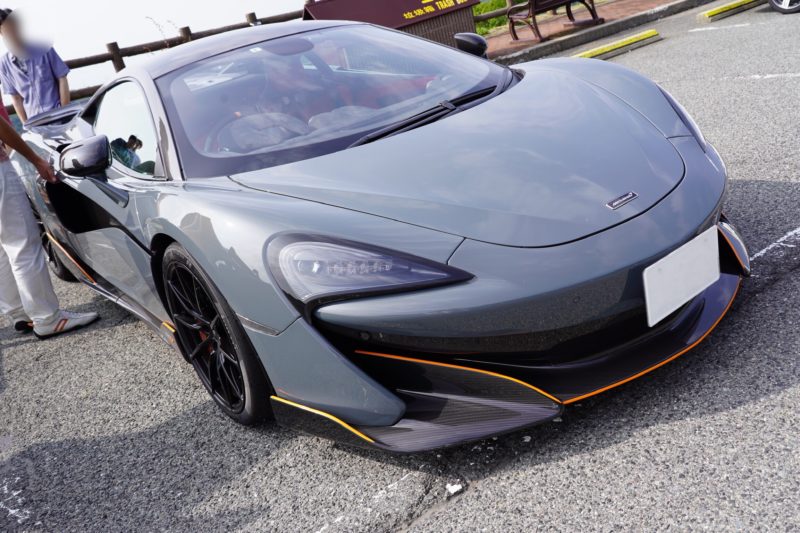
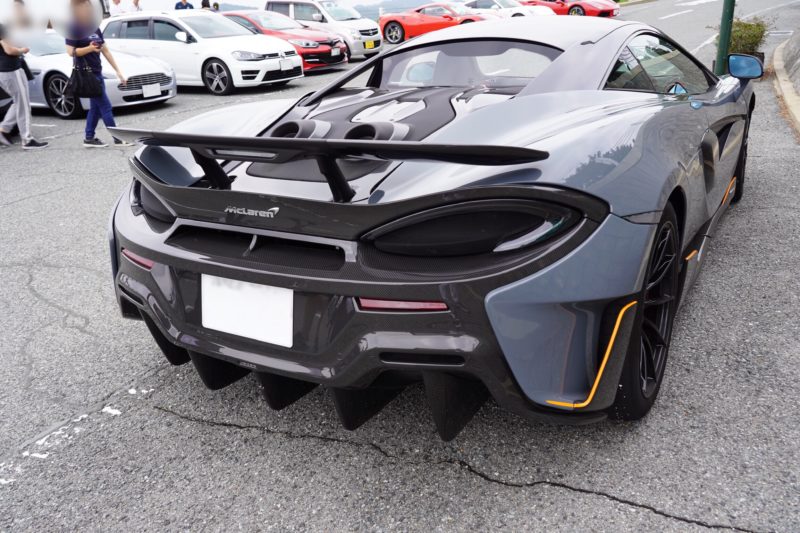
The 600LT is a very rare car—not a limited edition, but produced in small numbers, so you hardly ever see one. It’s a high-performance version of the 570S sports series, carrying McLaren’s traditional “LT (Longtail)” badge. This particular car was equipped with the optional Senna seats used in the ultimate McLaren Senna model.
These carbon fiber ultra-light shell seats have padding where body pressure is applied and provide deep support up to the shoulders.
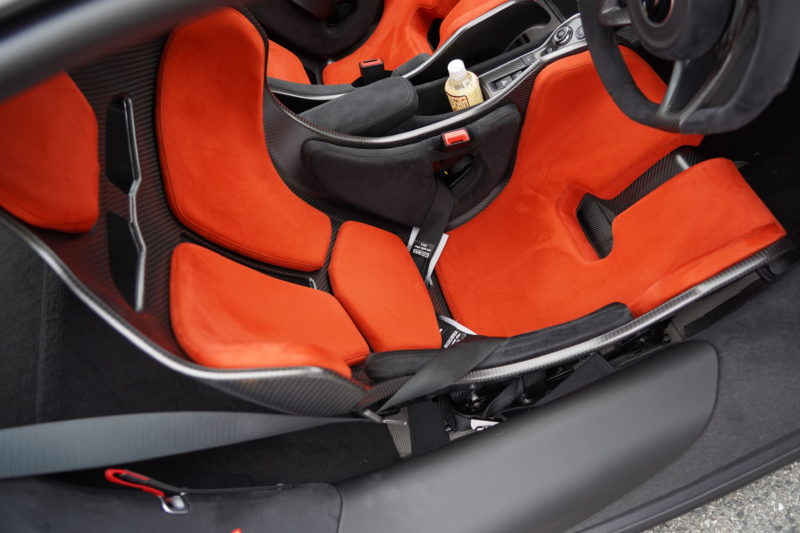
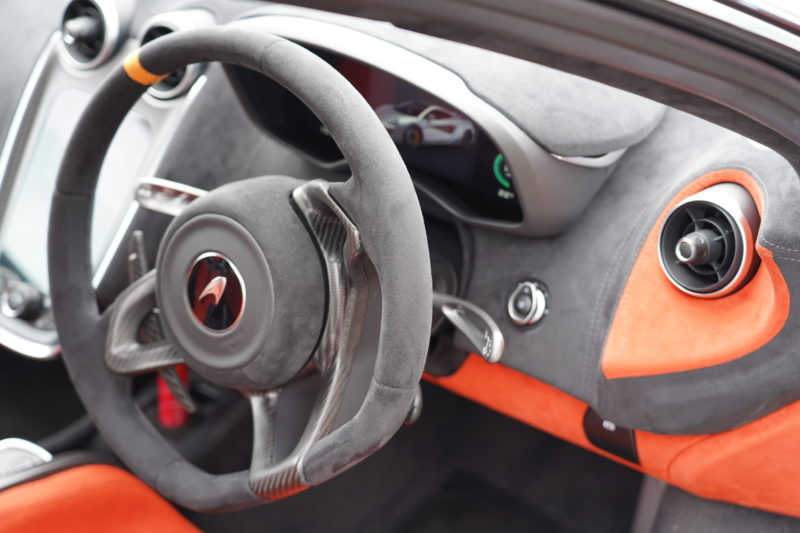
As the “LT” name suggests, this car is mainly designed for the circuit. My driving skills and the typical winding roads wouldn’t let me fully experience its capabilities, but I settled into the Senna seat and started the engine.
Compared to the 4L engine in the 720S, this one has a 3.8L V8. The startup sound feels heavier and has a stronger mechanical noise component than the 720S. However, it’s not as pronounced as the 650S; personally, I’d place it somewhere between the 720S and 650S.
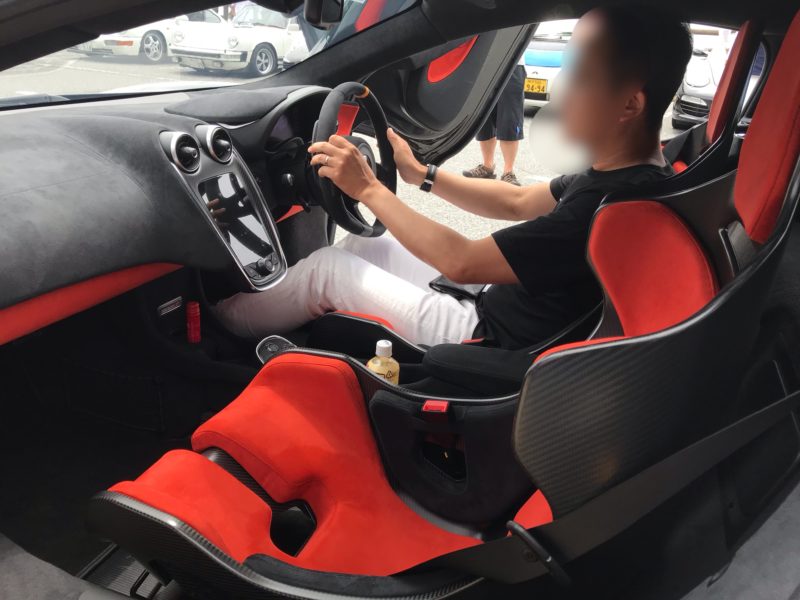
Starting off, I took the same corners at roughly the same speed as with the 720S. The 600LT felt quicker and more Spartan than I expected, but not overly so. Personally, the initial steering feel was sharper in the 720S, while the 600LT felt a bit gentler. Beyond a certain steering angle, they felt quite similar.
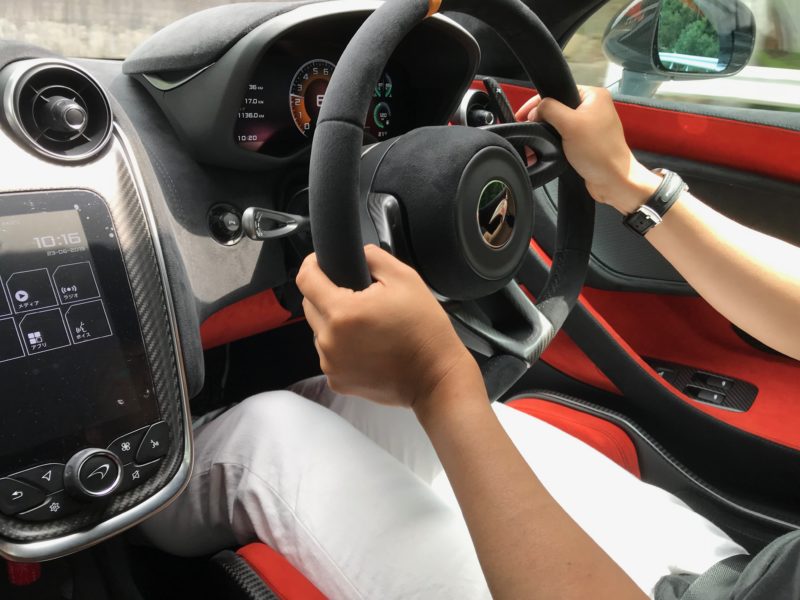
The biggest difference was the ride comfort. The 600LT, being circuit-focused and lacking the Proactive Chassis Control, felt firmer and transmitted more road surface irregularities. Still, it wasn’t uncomfortable, and on well-maintained roads, it was perfectly fine.
The engine sound was harder, closer to the 650S, like a true racing car. It didn’t have the sudden torque spike at high revs like the 650S, showing some evolution here as well. Downshifting into corners, the outstanding grip remained, sticking to the road like glue.
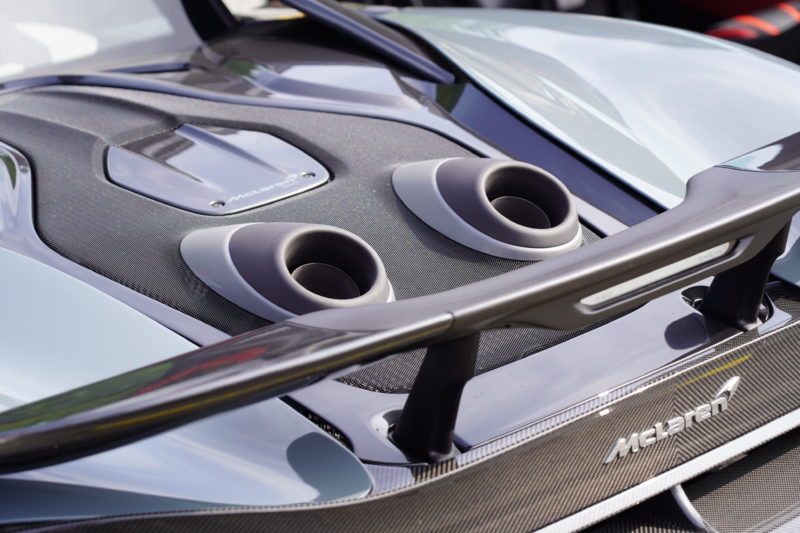
What stood out most was the holding power of the Senna seats. Because the shell extends up to the shoulders, even under lateral G-forces, it firmly supports your shoulders and keeps your upper body stable. This makes steering much easier and lets you drive confidently without extra effort. I imagine this would significantly improve lap times on a circuit.
Overall Impression
The test drives were brief, so this is just a first impression, but I can only say, “McLaren’s driving performance is incredible.” There’s a phrase about “oneness between horse and rider,” but with McLaren, it feels more like oneness between human and machine.
You get the sensation that your body is directly connected to the car’s movements.
So how does it compare to Porsche? McLaren feels more machine-like and digital in every aspect. It seems to cover minor driving mistakes and corrects errors from zero to one.
On the other hand, Porsche—even the latest models, not to mention the air-cooled ones—still retain a bit of analog feel. Your skill in weight transfer and throttle timing directly affects the driving experience. For that reason, I personally prefer Porsche for the “joy of driving.”
That said, I’m currently blown away by the brilliance of the 720S.
There’s a famous quote from Char Aznable: “The difference in mobile suit performance is not the decisive factor in battle strength.” But when it comes to McLaren, I feel like I’ve been taught that “The difference in mobile suit performance is the decisive factor in battle strength.”
That’s how extraordinary this machine was.
It’s tolerable for city driving and seems capable of long-distance trips. If I were to buy one, I’d love to experience the 720S Spider in a fully luxurious, comfortable setup.
After this test drive, I feel my motivation rising again toward my next goal. Now, I just need to figure out how to make it happen and take action.
To the McLaren 720S and 600LT owner, thank you so much for this invaluable experience.
このブログが気に入ったらフォローしてね!


Comment ( 0 )
Trackbacks are closed.
No comments yet.